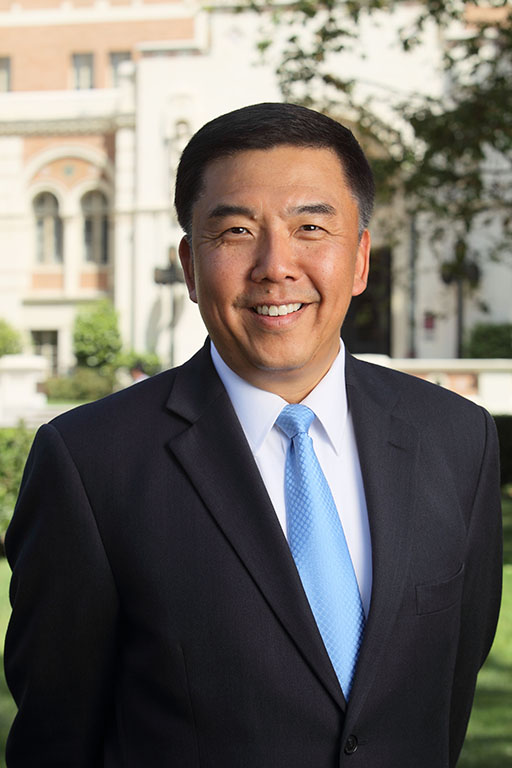
Tissue regeneration is about to become more fact than fiction, thanks to a $2 million grant that’s being divided among 10 research centers and universities, including the Ostrow School of Dentistry of USC.
In a September 2014 request for applications, the National Institute for Dental and Craniofacial Research (NIDCR) challenged the research community to organize interdisciplinary groups that could help bring to market safe and effective clinical strategies for dental, oral and craniofacial tissue regeneration.
“This is really about engineering a product,” said Yang Chai, associate dean of research at the Ostrow School and a member of USC Stem Cell’s executive committee. “It’s not only about being able to understand what stem cells can do, but also how you deliver the stem cells for patient care.”
Chai will serve as the principal investigator of USC’s interdisciplinary consortium — called the Center for Dental, Oral and Craniofacial Tissue and Organ Regeneration (C-DOCTOR) — which has enlisted nearly 30 individuals from the USC Viterbi School of Engineering, Keck School of Medicine of USC, Children’s Hospital Los Angeles and USC School of Pharmacy. The Ostrow School’s Mark Urata and USC Viterbi’s Yong Chen are also principal investigators.
The first task of the group — comprised of dental clinicians, researchers, engineers, human geneticists and regulatory scientists — will be to identify areas in which tissue regeneration could improve patient outcomes and make an immediate impact.
For this endeavor, Chai has enlisted representatives from endodontics, oral surgery, periodontics and prosthodontics to make product suggestions based on cases they’ve seen in their own clinical practices.
An example of an innovative treatment that could come out of C-DOCTOR is an developing an effective strategy to use a 3-D printed, dissolvable scaffold to help organize stem cells for focused repair of damaged jaw bone.
“Bone deficiency is a very common problem that patients face when they need an implant or when they have periodontal disease, traumatic injury or birth defect,” Chai said. “Instead of stealing bone from other parts of the body, we’re going to be able to use stem cells to regenerate their own bone.”
In addition to the clinical team, the interdisciplinary group will feature a pre-clinical team whose role is to develop experimental protocols and sound statistical methods to test potential therapies as well as a regulatory team that will interface with the Food and Drug Administration and provide guidance regarding intellectual property protection.
“The most significant part about this consortium is its emphasis on the translational aspects,” Chai said. “NIH really wants us to build a product that can be used in patients.”
The grant money will be awarded in phases, with Phase One awards lasting a year and supporting the development of an overall vision, road map, organizational structure and operational procedure.
Each of the 10 grantees will then have to compete for a Phase Two award, which will provide additional funding for three to four years.
“This is an important opportunity for collaboration with other groups to build a ‘dream team’ for C-DOCTOR and to compete to become one of the one to three centers that will be supported by the NIDCR in the second phase of this project development,” Chai said.
During Phase 2, each team will put their plans into action, creating robust infrastructures and establishing the interdisciplinary teams to further their concepts through the translational pipeline toward eventual product development.
Other institutions that were granted Phase One awards include: Cedars-Sinai Medical Center; Mayo Clinic; Tufts University; University of California, Los Angeles; University of California, San Francisco; University of Michigan; University of Pennsylvania; University of Pittsburgh; and University of Virginia.
